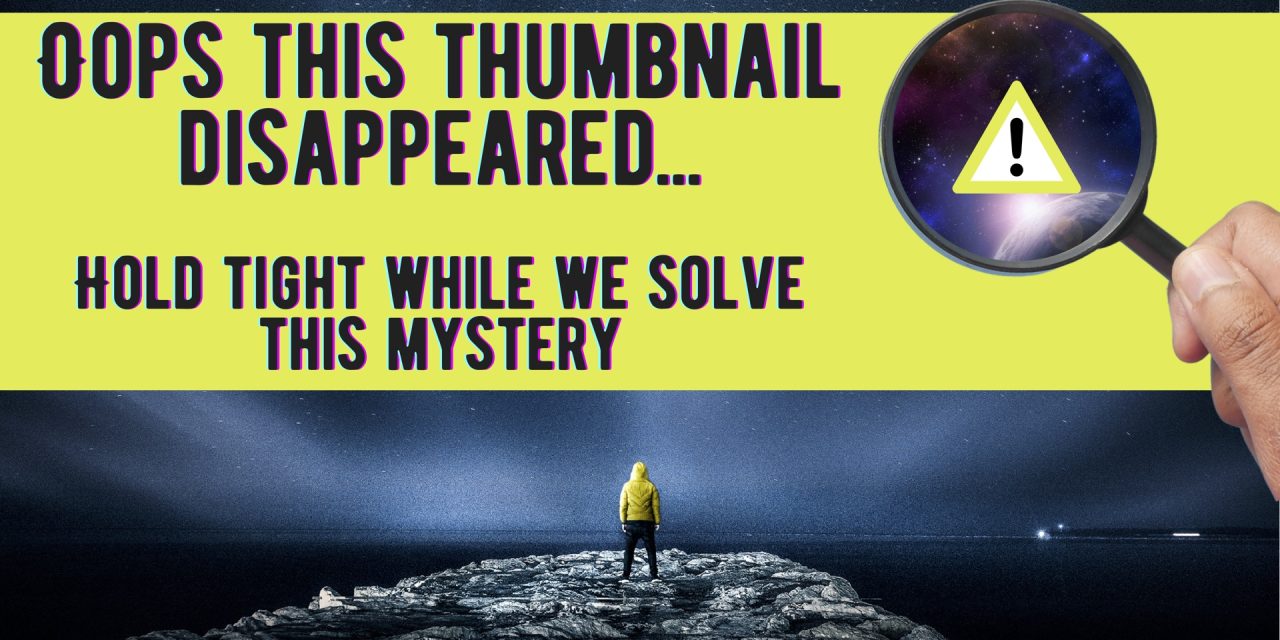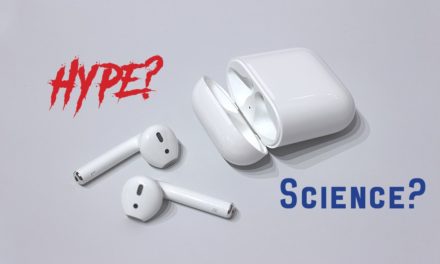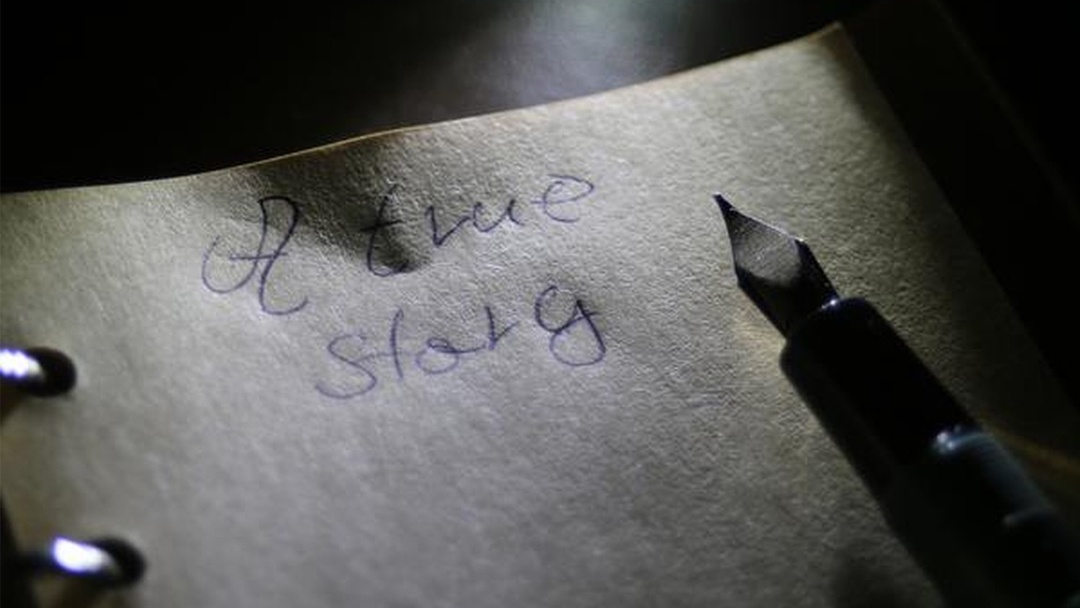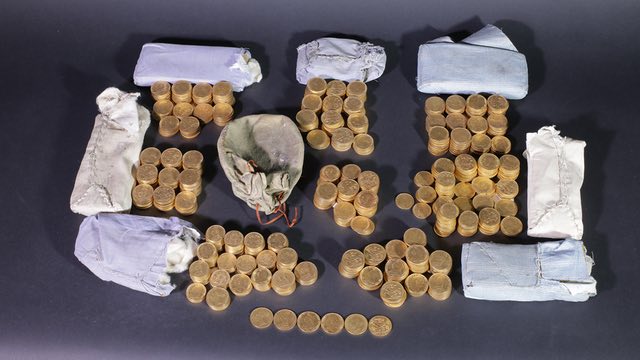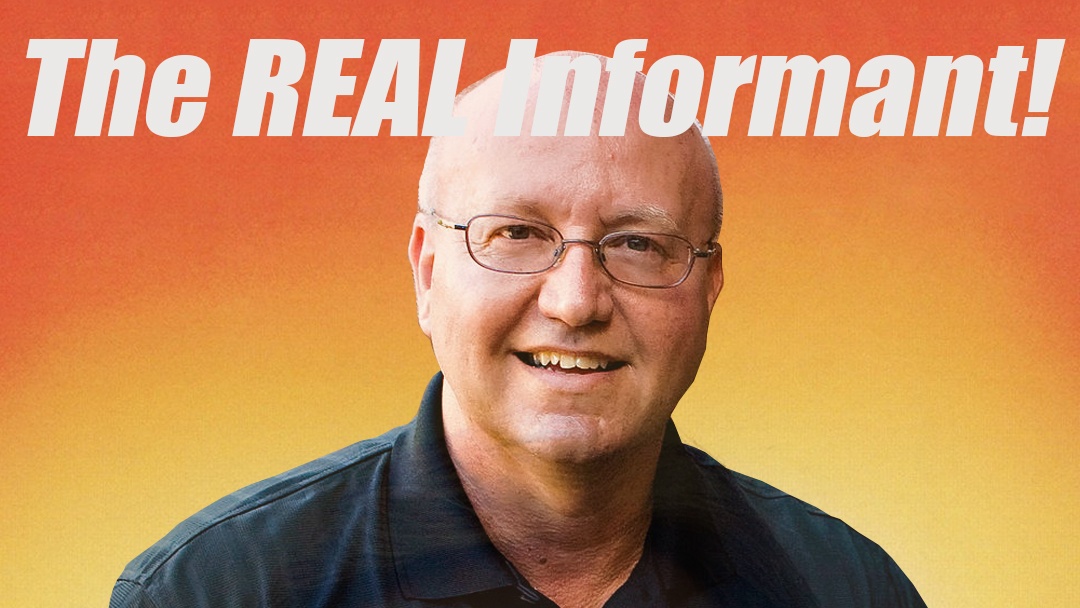Published in 1726, literature’s well-known Gulliver’s Travels predicts in a brief passage that Mars will have two small moons orbiting at much greater speeds than Earth’s single moon. Over 150 years after Jonathan Swift’s novel, astronomer Asaph Hall discovered that there are, in fact, two little moons around the red planet. He named them Phobos and Deimos after the Greek gods of fear and dread. They have slightly different revolution speeds and distances from Mars than Swift predicted, but he was impressively in close range.
To this day, scientists do not know what they are made of and their origins are still unclear. Unlike our moon, Phobos and Deimos are so tiny that Mars’ gravity cannot pull them into a spherical form, leaving them potato-shaped. Phobos, closest to Mars, has parallel grooves that may come from being hit with debris. Deimos is rounder and smoother.
Mars is next to the asteroid belt, so it was long believed that these moons were asteroids caught by its gravity. However, since asteroids fly at random, it now seems too coincidental that they both orbit near the planet’s equator. Today’s theory is that Mars likely collided with a protoplanet – a large body of matter on its way to becoming a planet – which launched rocks into space.
Most astronomers think that Swift was using the common logic of the time comparing Mars’ bordering planets. Since Jupiter had four known moons and Earth had one, Mars must have two small moons since they had yet to be discovered. Like much of our solar system, Phobos and Deimos remain a mystery to be studied for centuries to come.
